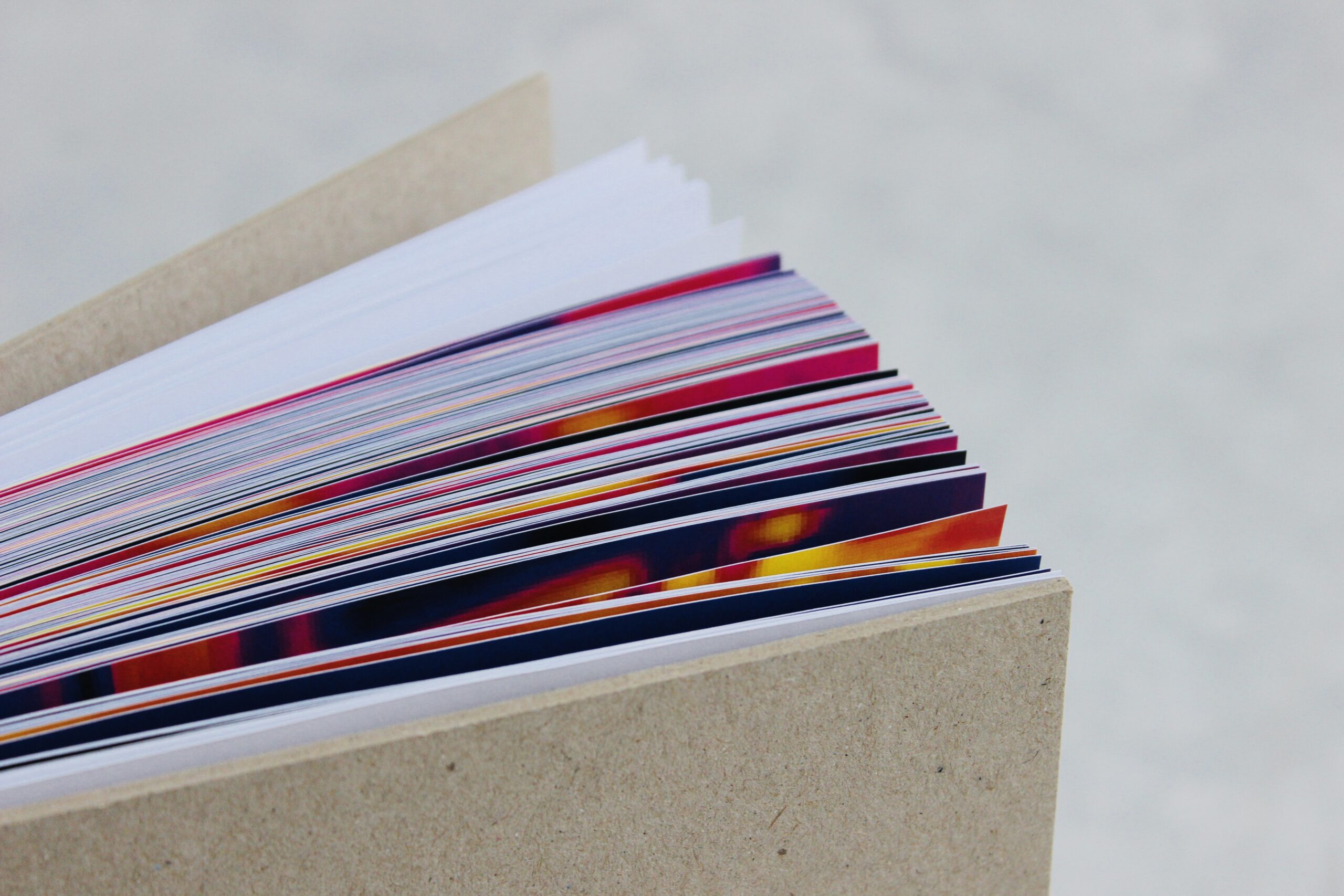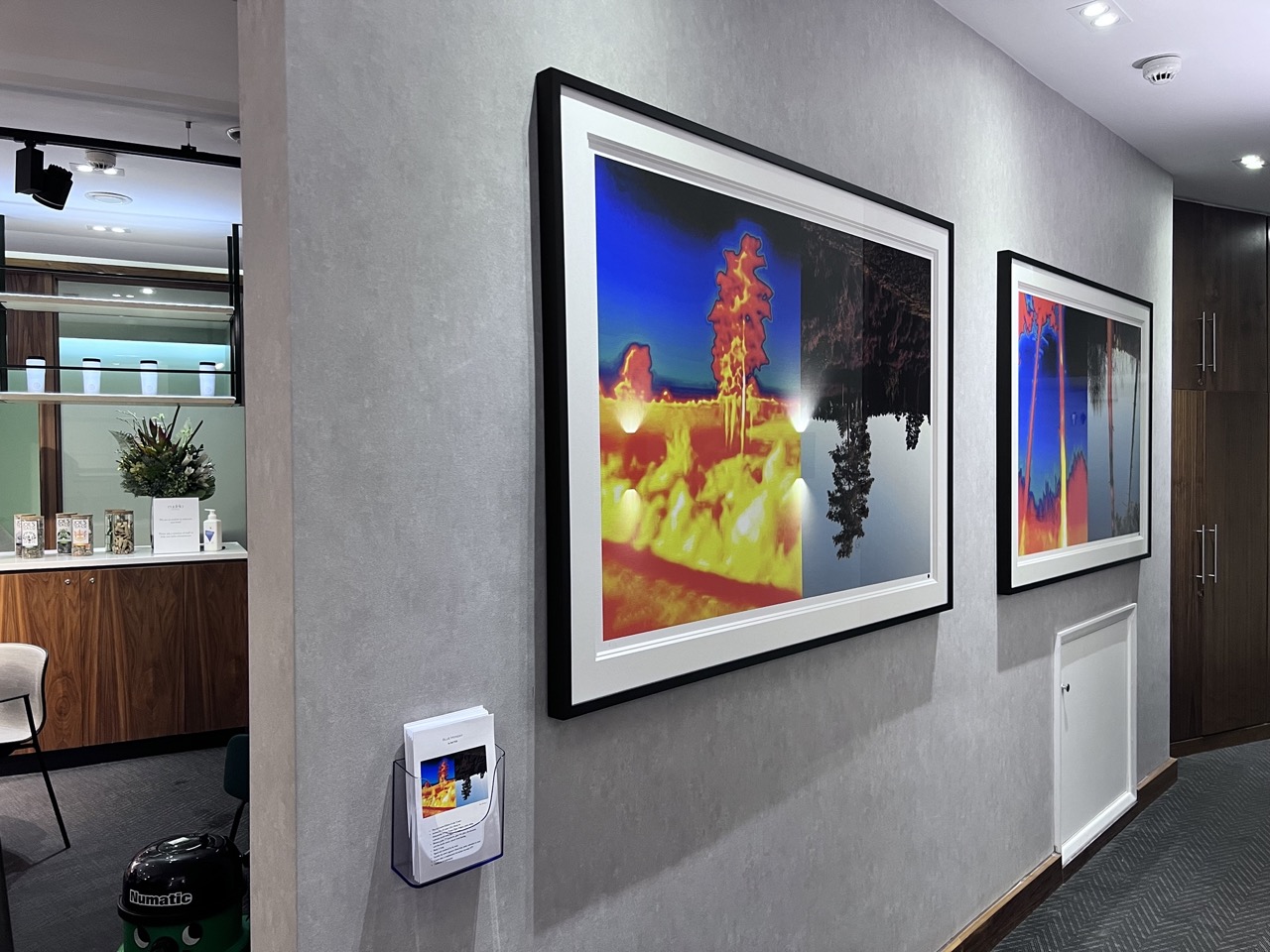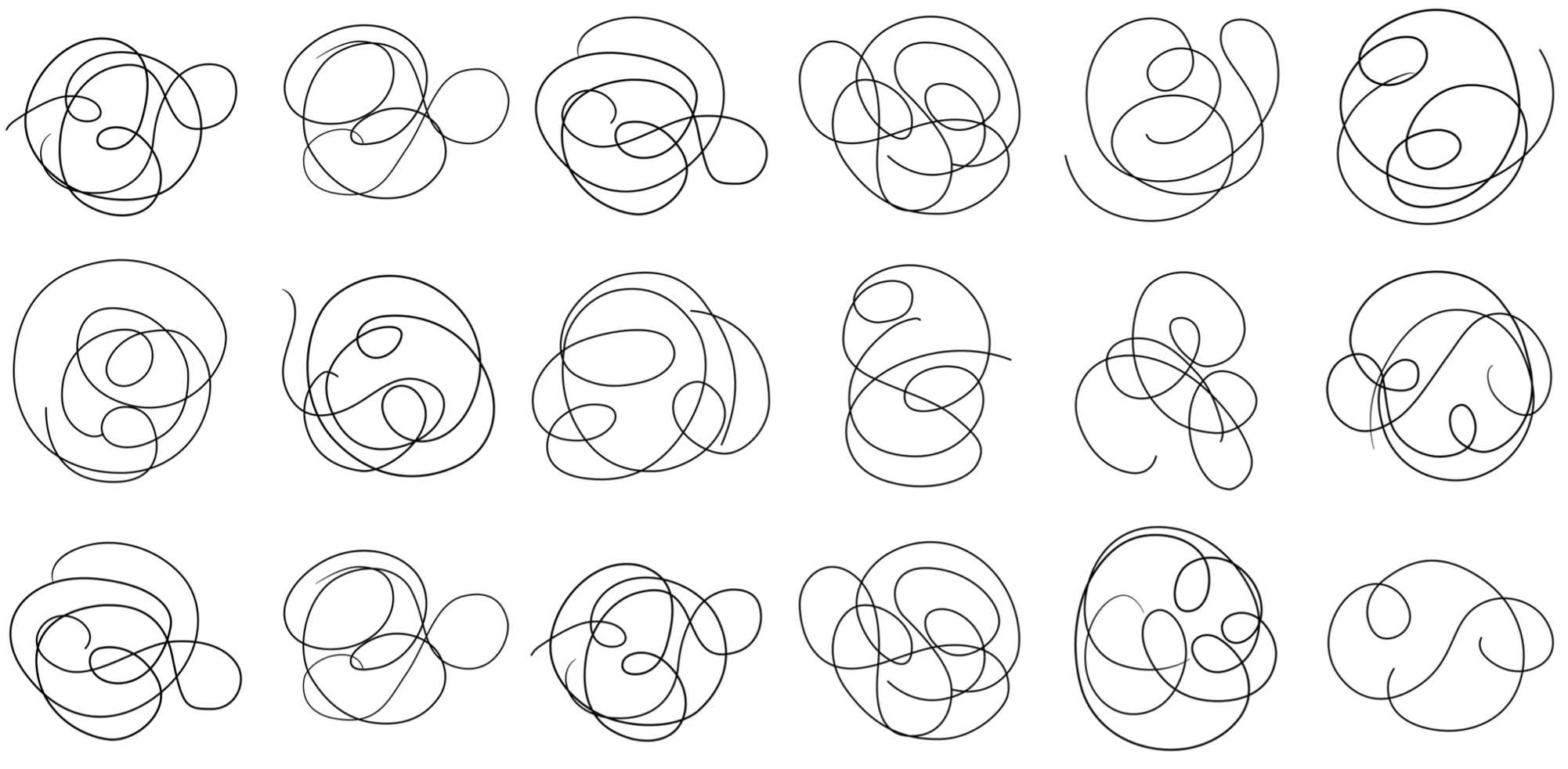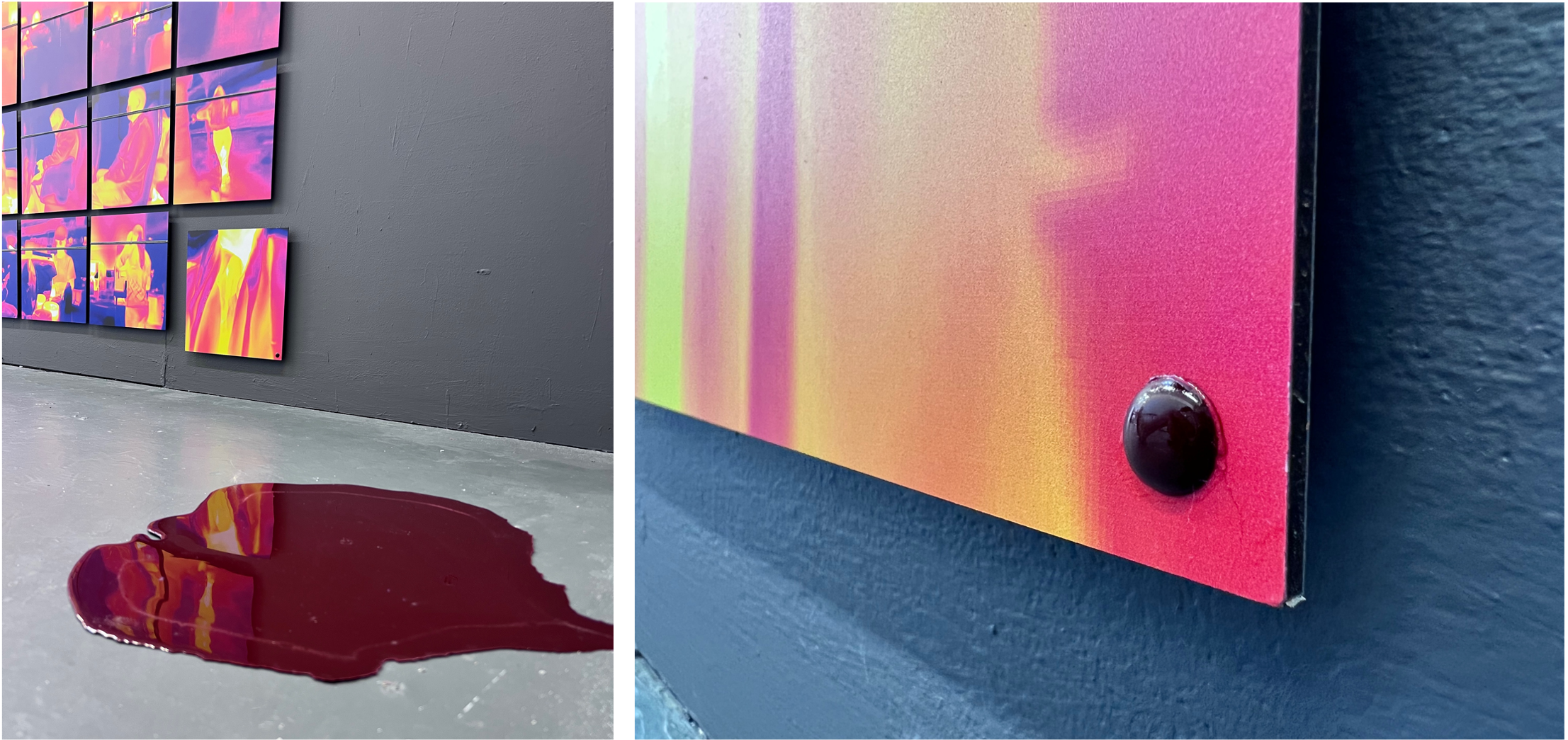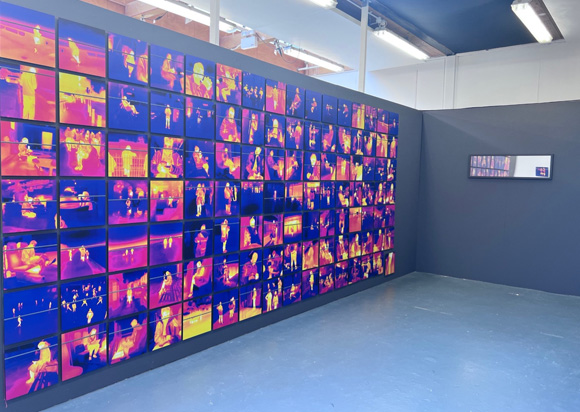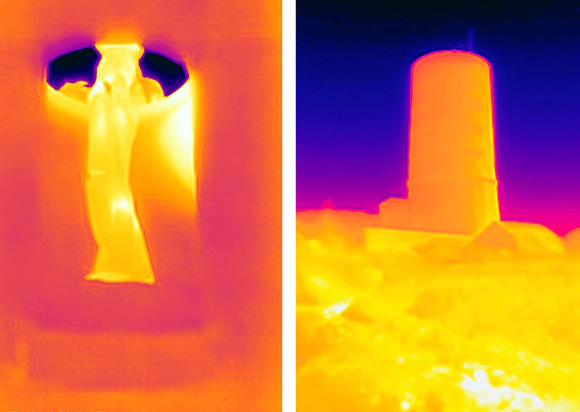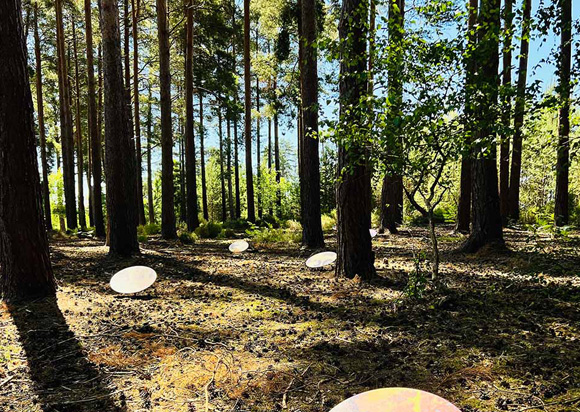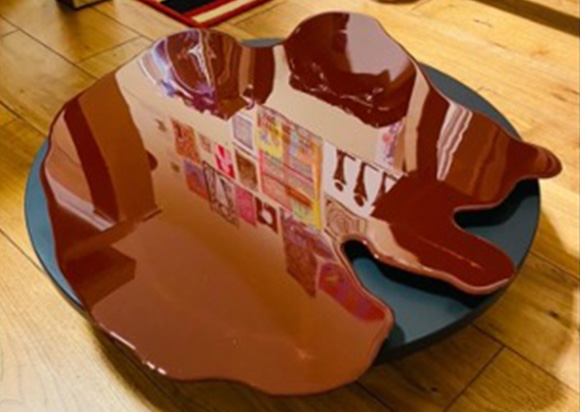
Stef Will
• 4 January 2022
Re-framing the Self
As part of my current MA in Fine Art, I have been exploring the sense of self and identity in relation to embodied experience. Via working at the interface of art and science, I examine the self in its current body from a variety of perspectives. As Merleau-Ponty said so aptly in ‘Phenomenology of Perception’, “I am conscious of the world through the medium of my body”. He goes on to say that we need to reawaken our experience of the world via deepening contact with our body. And that I do in my MA.
However, I feel that the embodied self can’t be looked at in isolation, and my work therefore explicitly investigates the self and its embodied experience in this marked period of history – one of global totalitarianism propensities under the guise of ‘for your own safety’. My work scrutinises this ‘new world order’, when looking at embodiment in the current time. I feel this is urgent right now, and I agree with Toni Morrison when she said, “In times of dread, artists must never choose to remain silent.”.
In the past two years, the body’s boundaries have increasingly been breached by the clinical or algorithmic gaze, not only mediated by the ever-increasing use of medical imaging within healthcare, but also the rising use in daily live. One example are temperature measurements (with or without the person’s knowledge) in airports and certain venues.
The algorithmic gaze via thermal imaging as a quasi-clinical imaging technique is of particular interest for my work, as it not only enables visualisation of invisible aspects of the self (ie in this case the infrared irradiation emitted by the body), but also references the now omnipresent surveillance we are subject to in daily life.
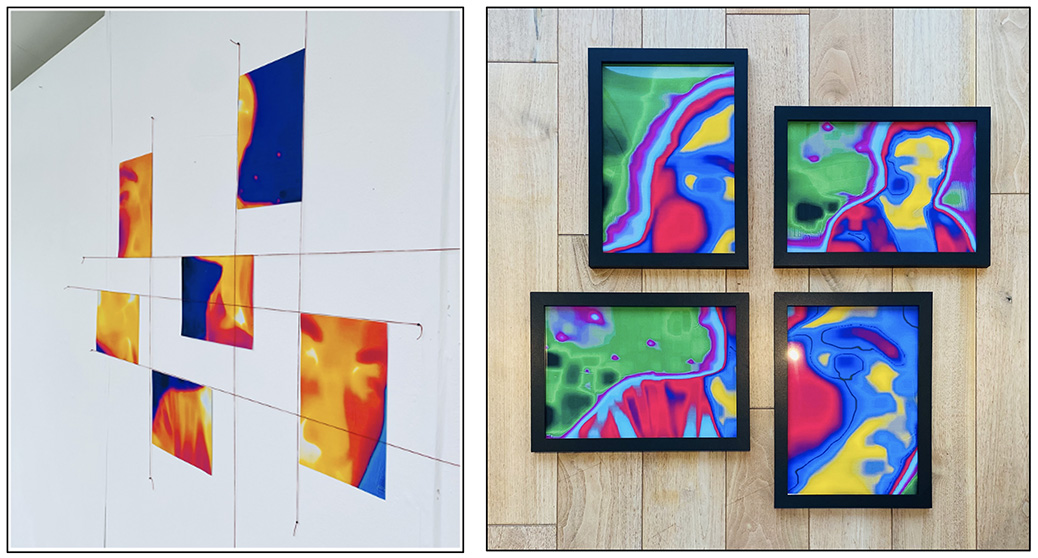
In ‘Mapping The Self’ (left) and ‘The Self Re-Framed’ (right), I re-examine self-portrait through the medium of thermal photography, which is one of my favourite mediums. Rather than showing the visible and touchable surface of the body as in traditional portraiture, the images reveal the invisible (to the naked eye) infrared energy field surrounding the body, essentially validating that our body (and thus the self) does not end at the skin. In these polyptychs, the self is dissected, inspected, studied, and ultimately reassembled in unfamiliar constellations.
Zooming in and zooming out, macro versus micro, is an important aspect of this body of work, as is how we interpret or misinterpret the unfamiliar. Challenging perceptions of scale, the works encourage the viewer to explore the images by questioning which are macro scale and which are micro. Is it a far view of a shoulder or a close-up of the skin surface? The works exploit the viewer’s urge to comprehend the image slices as if looking at traditional portraits. Their cut-up nature however prevents them from seeing the body’s wholeness, despite efforts to make sense of the slices.

The works are informed by medical CT and MRI scans. Typically, doctors view these image slices in sequential order to identify morphologies of concern. However, my works disrupt the traditional order of the clinical gaze and reconstruct the image slices in an unfamiliar and therefore maybe uncomfortable order. The incongruous appearing black frames in ‘The Self Re-Framed’ reference the stark appearance of black-and-white CT scans, but also raise questions as to the relevance of framing.
